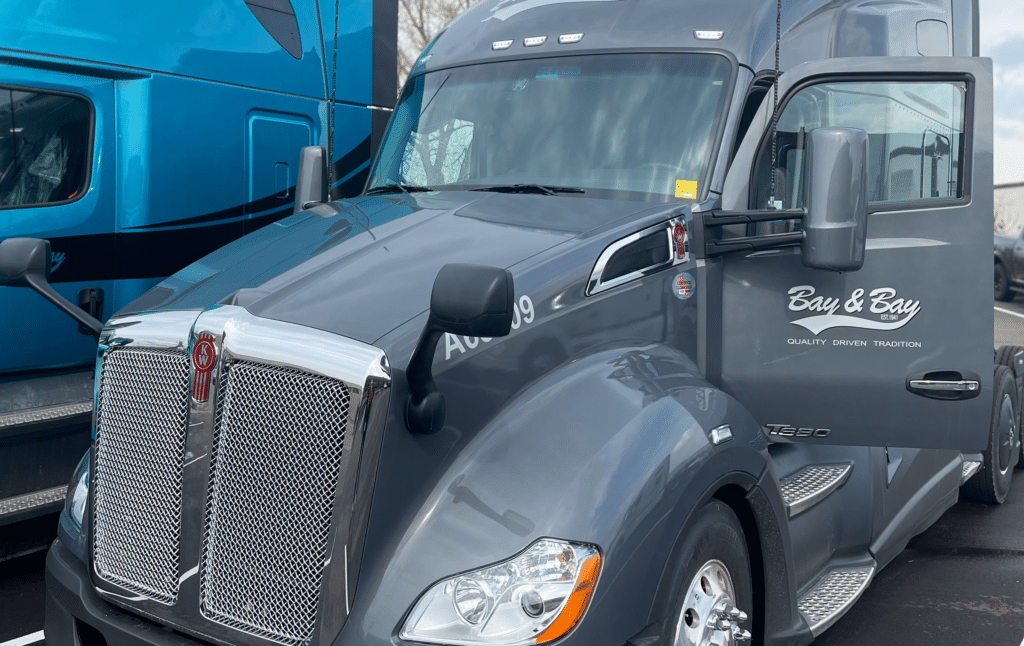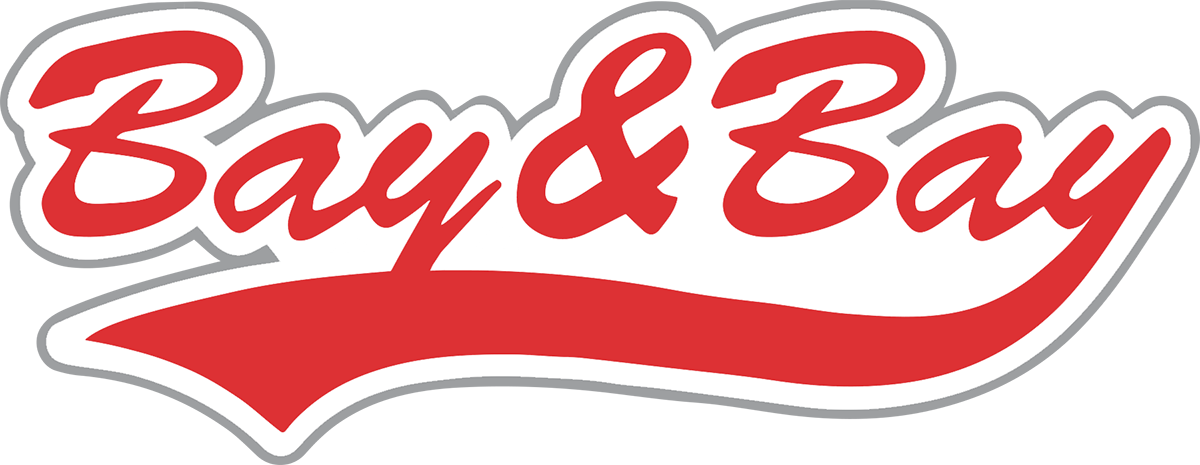
Efficient retail transportation relies heavily on selecting the appropriate equipment for fleet management and optimizing load capacity. Choosing the right tools and vehicles ensures timely deliveries and smooth logistics operations. Whether managing a fleet for cross-border shipments or daily deliveries, here’s what trucking companies need to consider when selecting transportation equipment:
1. Size & Weight of Your Cargo
One of the first considerations in choosing transportation equipment is the size and weight of your cargo. For smaller shipments, sprinter vans are an ideal choice, especially when the load is a few thousand pounds. For medium-sized loads, straight trucks are suitable, offering more space and capacity. If you’re dealing with large or heavy cargo, hot shot or jumbo trailer trucks will be more appropriate.
2. Cargo Handling Requirements
How your cargo should be handled plays a significant role in selecting the right equipment. For example, if your freight is sensitive to weather conditions, you’ll need enclosed vans or specialized vehicles like tanker trucks to ensure protection during transportation. If the cargo is fragile or has an unusual shape, extra care in packaging and transportation equipment might be required to prevent damage.
3. Choosing the Equipment
Budget is always an important factor when selecting the right transportation equipment. It’s crucial to avoid over-spending by selecting equipment that’s too large for the task. For short-distance deliveries, a smaller vehicle, such as a van, would be more cost-effective than a heavy-duty trailer. On the other hand, for long-distance routes, larger trucks or specialized trailers may be necessary, though they come at a higher operational cost.
4. Speed and Route of Delivery
The delivery speed and route also impact the choice of transportation equipment:
- Truckload Shipping (TL): Ideal for large shipments that fill an entire truck. TL shipments take a direct route to their destination without multiple stops, making them faster for large loads.
- Less Than Truckload Shipping (LTL): Best for shipments that don’t require a full truck. LTL consolidates multiple smaller shipments, which may result in longer delivery times due to the need for additional stops.
- Intermodal Transportation: Combining various modes of transport—such as trucks and trains, this method is efficient for long-distance shipments. While intermodal transportation can be slower than direct truckload shipping, it offers flexibility and can reduce overall transportation costs for large, diverse shipments.
Conclusion
At Bay and Bay, we specialize in cross-border logistics solutions like drop trailer pools and transloading, offering the right equipment and expertise for efficient material transportation across Canada and Mexico. By choosing the right logistics equipment, companies can ensure smooth operations, cost-effective solutions, and timely deliveries, no matter the distance or complexity of the shipment.
